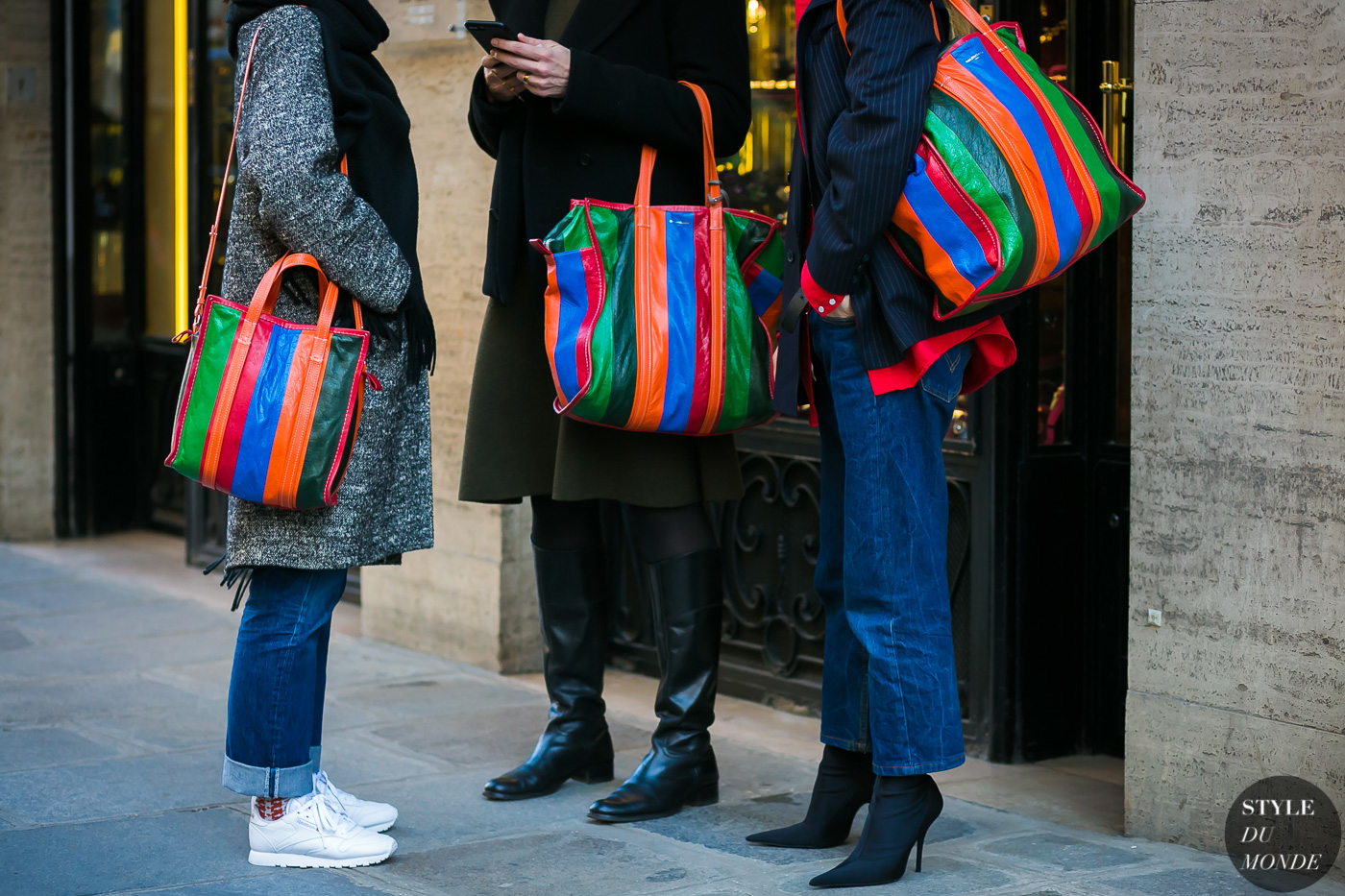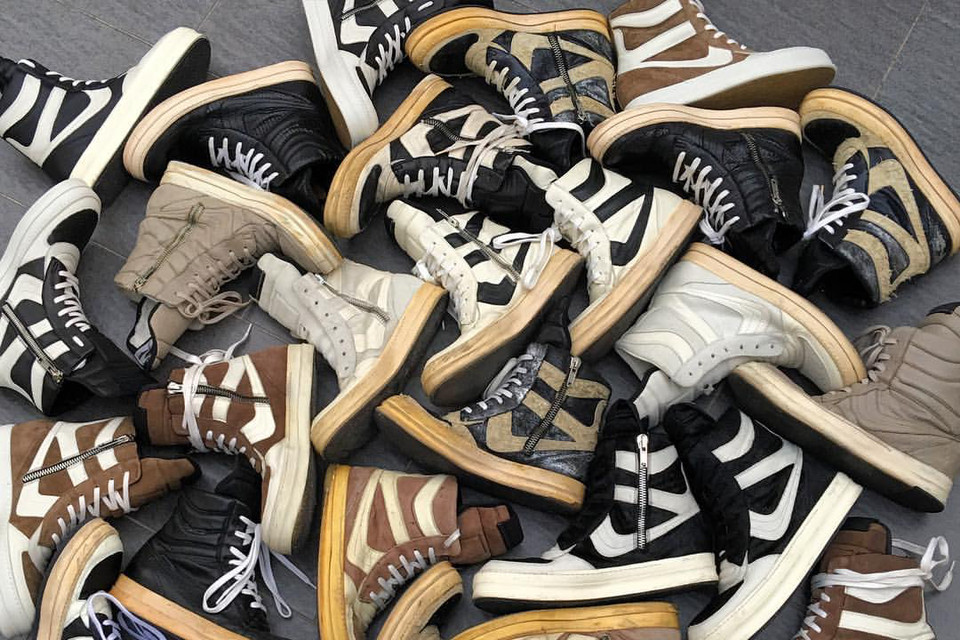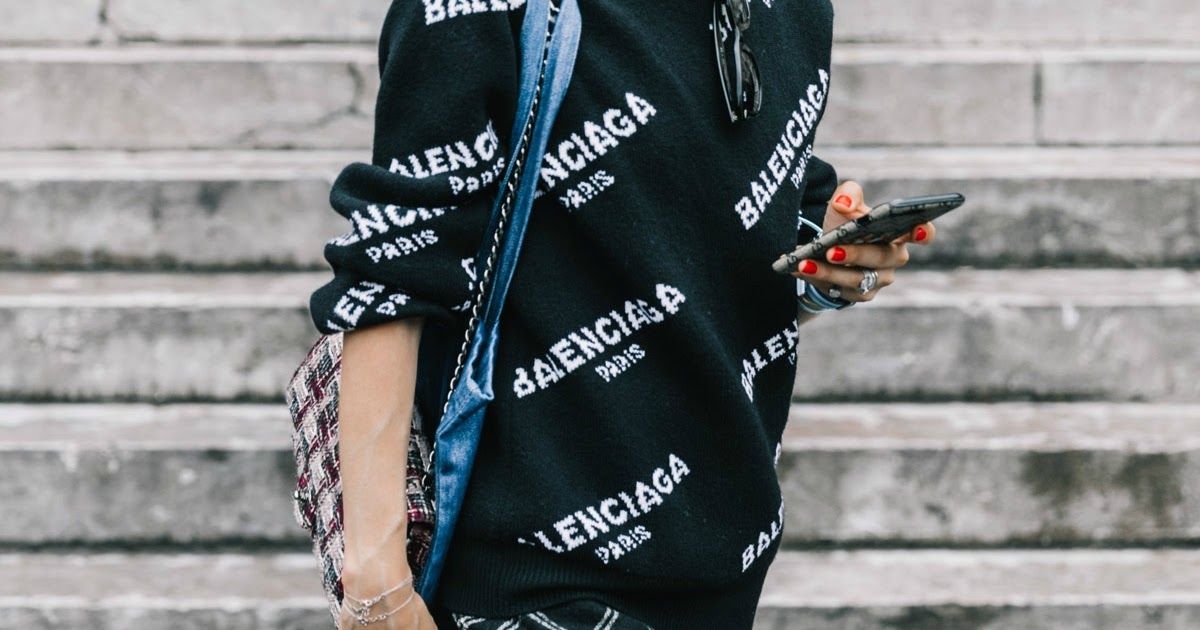Ten years ago I was interning as a graphic designer at a clothing manufacturing company in Singapore that produced garments for their in-house brand and a large sportswear company. When I first made my rounds, the assembly lines were producing two batches of clothes that bore little differences. The batch that was stamped with an additional familiar logo, I was told, would fetch a higher retail price.
We live in an age where most people don’t buy clothing just for protection.
If you’re reading this then chances are you belong to a large subset of the global urbanised population that are interested in clothing as a personal expression, an outlet for creativity or as a tool to enhance various aspects of your life, be it psychologically or emotionally. However some have pushed it even further to the point where it becomes the foundation upon which their self-esteem is built. For clarification purposes, I will use the definition of self-esteem as a sense of worth cultivated within us in the process of navigating the world and external experiences.

Two weeks ago I went to one of many Balenciaga stores in Shanghai. With the exception of tailored suits and coats, everything else was plainly-designed items bearing a large logotype; plain leather wallets, plain bowler bags, plain caps, plain denim jackets. If we were to remove the branding, it would be more than likely that the products will not hold the same value to us. Unfortunately, Balenciaga is not the only brand that is slapping logos on fashion products that hold no additional design nor material quality merits compared to other unbranded products that were made in the same factories.
Once upon a time, products were advertised based on their inherent qualities. Today, the capitalist marketing machine has learned that it’s far easier to appeal to emotions to move products. An oven was once sold as a cooking paraphernalia; today it’s the key to a warm loving home and happy marriage.
It’s not logos that consumers want. It’s love and acceptance; respect and admiration. A logo is a visual announcement to tell the world that one belongs to an exclusive fashion stratum, and also possess the financial means to consume expensive goods. Armed with signals of cultural taste and wealth, they gain access to people’s hearts and minds. The chase for external validation is now strengthened via likes and hearts on social media, which in turn create a dopamine hit every time the phone lights up. The logo-laden wares that global corporate brands are hawking have transcended their status as objects of consumption. They are now the panacea to loneliness, insecurities and inadequacies.

Then there are brands that do make beautiful clothes, such as Rick Owens and Yohji Yamamoto. Unfortunately there are subsets of the fans that are using the brands as status symbols and signifiers of one’s identity. Although the clothes are often logo-less (with the exception of Play CdG), their design language is so strong that it’s easy to identify the brands that make them, so it functions as signifiers like a logo would. A telltale sign that one buys into the brand for external validation is a disregard for how the clothes fit in to one’s lifestyle, physical appearance and grooming style, as well as social context. Clothing stops being a tool to enhance one’s life; it becomes a shortcut to an inauthentic self-worth. We are letting the brands do the hard work of affirming our existence and value; we are letting the brands define our identity.

An identity built on brands is similar to tribalism. We are more biased towards people we identify with, and are antagonistic towards those whom we view aren’t in our tribe. In the old days, we clung to religion, skin colour, language or place of birth as a mark of identification relative to other people. Today, many of us are of mixed heritage, religion isn’t something we take seriously, some speak several languages, and many more grew up in several countries before adulthood. This displacement forces us to create identities through other means. Some choose music, some clothes, others video games or football teams. Basically any form of consumption is now usurped as a foundation for identity, so that we can form kinship with other people who share the same interests as us. LVMH knows this. So does Esteé Lauder, Nike, FIFA, EMI, Fox Network and The Kardashians.

In all my years that I spent participating in fashion forums, which began close to a decade ago (special shout out to StyleZeitgeist), I have seen my fair share of animosity that clothing consumption has invoked. What is supposed to be a hobby becomes a basis for petty arguments and a ground for exclusions. The act of purchasing, using, showing off those objects designed and made by other people becomes a source of pride to cover our personal insecurities, childhood traumas and loneliness. When we invest our worth and craft our identity based on our consumption, we get easily triggered when a criticism is hurled at the object of our interest, or the brands we wear give us a false sense of superiority to look down on others who don’t conform to the same view. This does not just happen in fashion. There is football hooliganism, fan culture over fictions, obsession with celebrities, and participating in Youtube drama that frankly offers no contribution to the good of society in any way.
Human beings crave for a sense of belonging and a well-nourished self-worth, all of which should be cultivated within ourselves notably through our own efforts. Not only is it a difficult goal to achieve, we have to do it on top of our daily struggles of putting bread on the table. Equipped with the very few working brain cells that is left at the end of the day, or on a Sunday evening when we can finally be alone, it’s not too difficult to choose consuming pop culture over exploring the root causes of our emotional immaturity.
Many of the problems with humanity does not lie in buying beautiful clothes, watching fun tv, or winding down with video games occasionally. What I am absolutely terrified by is the extent to which we have surrendered to market forces, giving them the power to dictate how we live our lives, relate to other people, achieve fulfilment and self-actualisation. Consumption should be the tool that assists us in doing the hard work of finding our authentic self and caring for our physical, mental and emotional health so we can bond with other people in healthy ways, not the end goal that form our relationships, identity and authenticity.






Beautiful, as always.
As always, you provide much to think about! I love it. Here are a few of my thoughts. First, I relate deeply to the experience of going out for a run or a hike and being graced with joy mixed with new insights and inspiration. Second: maybe it is my personality, my age, or my social circumstances, but I have never been able to afford designer clothes nor have I ever seriously wanted them. Instead I focus on making or finding what pleases me, and continuously finding ways to recombine the elements I have collected over the 4+ decades of my adulthood. I count myself as part of the tribe that uses clothing for self expression. Perhaps it has been a blessing to live on a teacher’s salary and not have the opportunity to be drawn into chasing the chimera of status clothing.
Keep running and writing. And making beautiful clothing!
Interesting observations and super slick gear! As always!
‘Once upon a time, products were advertised based on their inherent qualities’ – as years go by, I’ve become very skeptical of the (marxian) split between use-value and exchange-value (and/or sign-value). Less so perhaps with clothes, but craft items have been ‘trade-marked’ (in the original sense of bearing the logo of its workshop of origin) since Ancient Rome and Han China. ‘Commodity fetishism’ long predates capitalism proper – let alone consumerism.
A good indicator of the prevalence of sign-value throughout history are sumptuary laws, those laws which enforced which social or professional groups were allowed to wear (or to consume, more generally) each type of garment or fabric: they exist in virtually every complex and differentiated culture all over the globe – basically in every society that recognize different categories of people. In all of those societies, I think, dress was literally a status symbol, in the sense where purple silk indicated Roman senator, golden crowns signaled Western royalty, and priestly vestments identify the clergy.